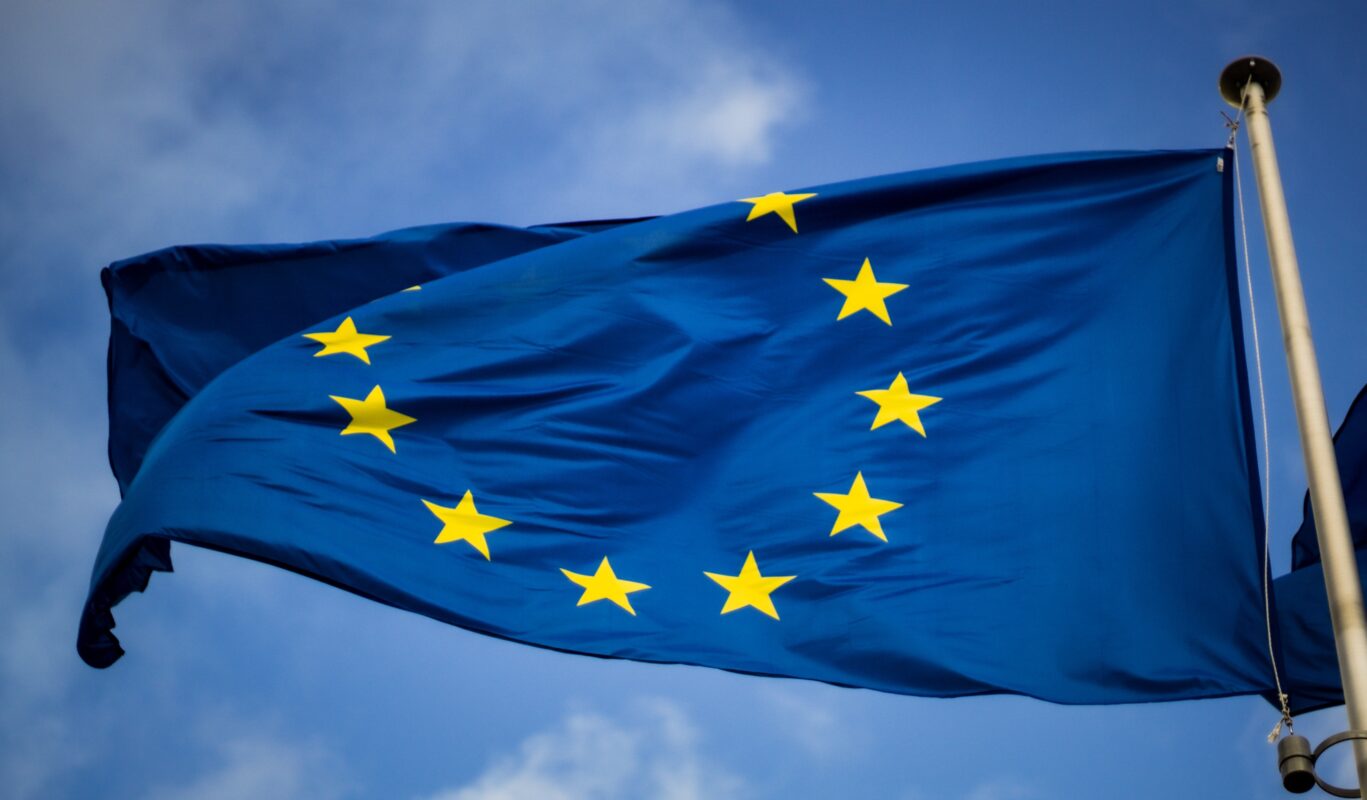Making history together – 2022
Increasing HEMEX offering
The new regulations for medical and in vitro diagnostic devices create a more robust, transparent, and sustainable regulatory framework. This article will update you with all the new requirements implemented by the European Commission.
On 26 May 2021, Switzerland became a third country when the Institutional Framework Agreement and the Mutual Recognition Agreement chapter covering medical devices and in vitro diagnostic medical devices were not agreed upon between Switzerland and the EU. The reason is the Medical Device Regulation (EU) 2017/745 coming into force (and as of 26 May 2022, the In Vitro Diagnostic Medical Device Regulation (EU) 2017/746). Therefore, manufacturers based in Switzerland need to appoint a European Authorised Representative (EAR) to access the European Market.
1. What has changed?
The European Union has established the Medical Device Regulation (EU MDR) and In Vitro Diagnostic Regulation (EU IVDR) as replacements for the Medical Devices Directive (MDD) and ln Vitro Diagnostic Devices Directive (IVDD). These regulations have been in place for more than 25 years. The EU MDR builds on the MDD foundation, adding additional requirements to create new and significant medical device legislation that will impact the industry for years to come.
As we mentioned before, the EU MDR/IVDR represents a robust, transparent, predictable, and sustainable regulatory framework for medical devices while ensuring high standards of quality being produced in or supplied into Europe. By improving the safety and performance of medical devices, the new regulations are intended to improve healthcare safety and the performance of medical devices in Europe.
One of the most significant changes to the new regulations is the increased detail on clinical evaluation, access to data, and post-market surveillance. This places a considerable load of work upon manufacturers and their representatives, and that is something HEMEX can help you with.
The EU MDR and the IVDR were published in May 2017, and you can read more about them here: EU MDR / EU IVDR
2. European Authorised Representative (EAR)
A European Authorised Representative (EAR) is a legal party based in the European Union that acts as a liaison between a manufacturer outside the EU and the competent national authorities within the EU. The EAR represents the manufacturer and ensures that the products sold in the EU market comply with the European Regulations.
3. Main tasks of an EAR
The role of an EAR is both diverse and challenging. Below you can find a list of the responsibilities that an EAR carries out so that a product remains compliant with the European Legislation:
-

Represent the manufacturer and act as the primary contact point with the National Competent Authorities and Notified Bodies;
- Maintain a current copy of the Technical File, the EU Declaration of Conformity, and, if applicable, a copy of the relevant certificates for inspection by EU regulators or audit purposes;
- Consult on European Regulations requirements of the market destination and ensure compliance with constant regulatory updates;
- Carry out applicable device registration with the National Competent Authority;
- Ensure that the product is correctly labelled;
- Assistance with vigilance and Field Corrective Actions (FSCA);
- Take care of any incidents and report immediately to the manufacturer.
- The EAR is always available to respond to the consumer’s needs.
4. But, do I really need it?
Yes! If your startup is based outside the European Union, you need an EAR to verify that your product complies with the requirements to bear a CE mark and support the Member States’ trading process.
At HEMEX, we offer you the possibility to partner with us as an experienced and dedicated third-party with our EU branch: Hemex Germany GmbH. Therefore, you have the opportunity to establish your products on the EU market safely and efficiently.
We can operate as your EAR within the EU for all class I, IIa, specific IIb, and III medical devices, as well as class A, B, and specific Class C and D in-vitro diagnostic devices.
Sources: European Commission, Factsheet for Authorised Representatives, Importers and Distributors of Medical Devices and in vitro Diagnostic Medical Devices; European Association of Authorized Representatives;
Photos by Christian Lue and Marissa Grootes / Unsplash
About HEMEX

HEMEX is committed to changing the future of healthcare by guiding the most promising European startups through each and every step to bring innovative pharmaceuticals, medical devices, and in vitro diagnostics to the market. Headquartered close to the thriving Basel global Life Sciences hub, the goal at HEMEX is to ensure startups have access to a wide range of tailored products, practical solutions, and fundraising support. This empowers the next generation of transformative discoveries to grow into successful and sustainable businesses, and drive change in both human and animal healthcare. For more information, visit https://hemex.ch/


